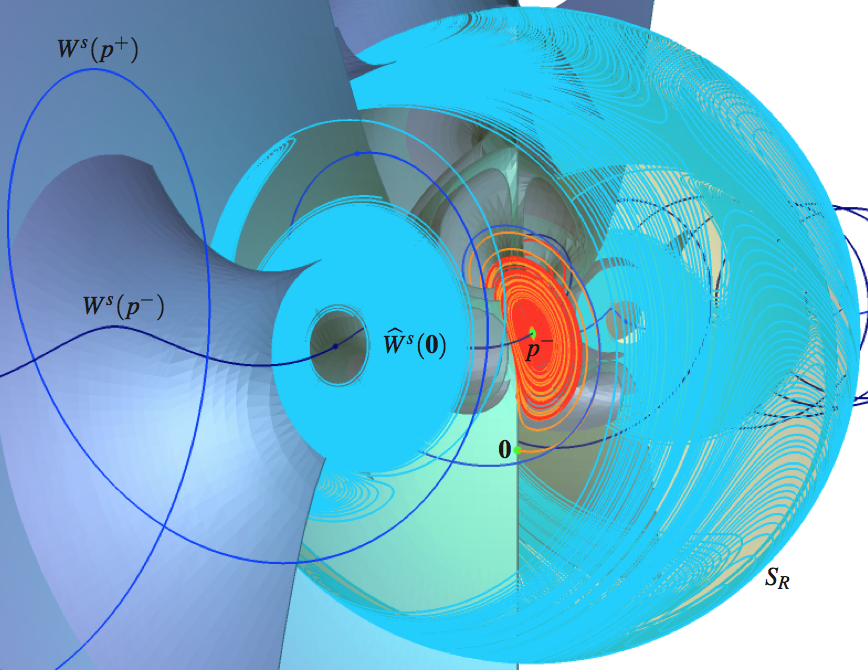ALKALMAZOTT MATEMATIKAI NAP
A BME MATEMATIKA INTÉZETBEN

Megnyitó
Időpont: 2017. június 21., 14.00
Helyszín: BME 'R' épület, 108. terem
(Poszter)

George Haller (ETH Zurich, Switzerland) előadása:
Fluid vortices: What are they and how do we find them?
Időpont: 2017. június 21., 14.15 - 15.00
Helyszín: BME 'R' épület, 108. terem
"Coherent vortices are the most important building blocks of complex flows, yet no universally accepted vortex definition has emerged in fluid dynamics yet. A reason is that most vortex definitions depend crucially on the frame of the observer who evaluates them, even though the significance of vortices arises from the frame-invariant material transport they induce. Recently, ideas from nonlinear dynamics and continuum mechanics have lead to new, objective notions of coherence in fluid dynamics. These reveal surprisingly coherent, previously undetected Lagrangian (i.e., material) vortices in turbulent flows. We survey these ideas and illustrate their efficacy on geophysical flow data."
(az előadás anyaga letölthető .pdf-ben)

Imre Bárány (Rényi Alfréd Matematikai Kutatóintézet) előadása:
Communication protocals or how to play poker over the phone
Időpont: 2017. június 21., 15.15 - 16.00
Helyszín: BME 'R' épület, 108. terem
"When playing poker over the phone, there are no real playing cards just communications between players. The first question is how to deal the cards. Can this be achieved in a fair way just like when genuine cards are used? In general, under what conditions can one replace an impartial person, or a supposedly neutral mediator, or even a higher authority in human transactions? The same question emerges in transactions between computers."

Bernd Krauskopf (Department of Mathematics, The University of Auckland, New Zealand) előadása:
Lorenz chaos: the geometry of unpredictability and art
Időpont: 2017. június 21., 16.15 - 17.00
Helyszín: BME 'R' épület, 108. terem
"The well-known Lorenz system has become a paradigm for our understanding of how chaotic dynamics may arise from seemingly simple, low-dimensional systems. Derived by meteorologist Edward Lorenz in the 1960 as a much simplified model of scrolls in the atmosphere, the three differential equations now bearing his name have been found to describe the chaotic dynamics of systems as diverse as class-C lasers and leaky water wheels. The underlying sensitivity is popularly paraphrased as the butterfly effect: the flap of the wing of a butterfly in Auckland may cause a tornado in Budapest. Chaos is represented mathematically by the much publicised Lorenz attractor, which is prototypical and has been shown to arise generically in (continuous-time) dynamical system with a phase space of dimension at least three.
This talk will discuss how the dynamics of the Lorenz system is organised globally throughout phase space, not just on the Lorenz attractor itself. To this end, we consider, compute and visualise a surface known as the Lorenz manifold, consisting of all trajectories that end up at the origin rather than move over the Lorenz attractor forever. The Lorenz manifold is also the key to understanding the transition from simple to chaotic dynamics. It is an intruiguing and beautiful geometric object, and it has even been turned into a piece of art.
This is joint work with Hinke Osinga (University of Auckland), Eusebius Doedel (Concordia University) and Benjamin Storch (Melbourne)."







